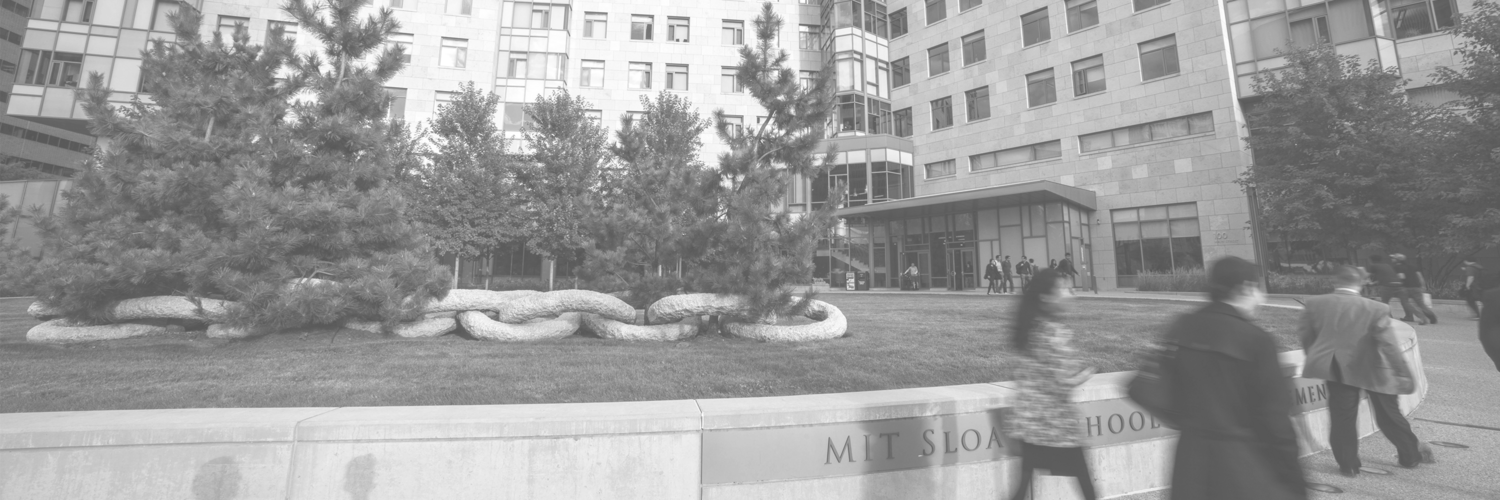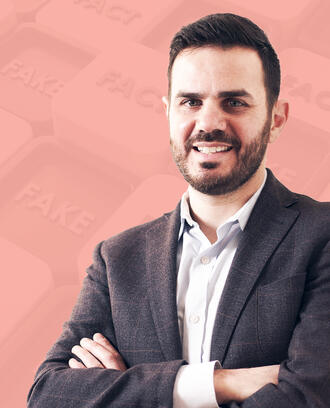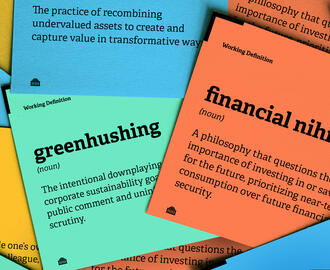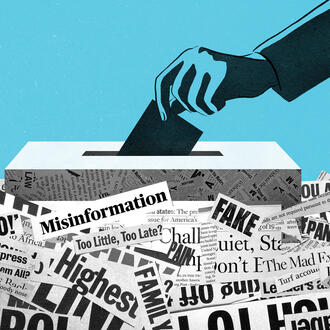Credit: Mimi Phan / 123RF
In Russia-Ukraine war, social media stokes ingenuity, disinformation
By
The Russia-Ukraine war has been called “the world’s first TikTok war” as users spread information in real time, including on the “WarTok” discover channel. While some accounts are real, there is also widespread concern about disinformation on the app. A recent investigation found new users are exposed to disinformation within 40 minutes of joining the networking service. Recognizing the importance of the platform, the White House briefed TikTok influencers in early March about the conflict.
The war has taken a vast human toll, with the United Nations estimating more than 1,400 Ukrainian civilians have been killed and more than 4 million people have fled the country as of April 2. It is also taking place in a world where social media is ubiquitous, video and images can be quickly uploaded and shared worldwide, and both sides are using social media to rally support and spread information and disinformation.
At the Social Media Summit @ MIT on March 31, a panel of experts discussed how the war is playing out on, and even being shaped by, social media platforms.
Ukraine knows it is fighting “World Cyberwar I”
Russia has long spread misinformation in and about Ukraine. The Internet Research Agency, a Russian network of paid internet trolls, spread misinformation during Russia’s annexation of Crimea in 2014. Those efforts were transferred to the 2016 U.S. presidential election, and continued into Russia’s invasion of Ukraine.
But the Russian disinformation campaigns weren’t particularly smart or witty, said Richard Stengel, a former under secretary of state for public diplomacy and public affairs, and former editor of Time Magazine. “It's not that they were so good, it's that we were so susceptible. Disinformation always seeks a kind of biased audience. And people are receptive to it.”
But this time, Russia has seemed unprepared on this front, Stengel said.
“They've seemed behind the times, years out of date, and they're paying the price for it,” he said.
For example, Russia has been airing “rambling” addresses by president Vladimir Putin, or footage of Putin sitting at a desk, MIT Sloan professordirector of the MIT Initiative on the Digital Economy and panel moderator, noted in a recent op-ed. Meanwhile, Ukraine has shown video of president Volodymyr Zelenskyy walking around devastated cities, emphasizing his leadership and willingness to stay and fight.
And Ukrainian officials and civilians have showed ingenuity in using social media to rally public opinion and ask for support. Zelenskyy is using traditional, social, and encrypted media to spread information, Aral said, and Mykhailo Fedorov, Ukraine's minister of digital transformation, has “declared World Cyberwar I,” as he focuses on digital elements of the war, Aral added. For example, he used Twitter to contact Chinese drone company DJI and convince the company to create a geofence preventing its technology from working inside Ukraine.
Ukraine is taking advantage of the way social media has changed in the last several years, said Clint Watts, a distinguished research fellow at the Foreign Policy Research Institute and former FBI special agent on the Joint Terrorism Task Force.
“Video is king now across all platforms,” Watts said. “You've got platform changes over the last decade that make video-enabled social media much more available and ubiquitous. TikTok is a prime example of that, but Instagram, YouTube, all of this is video-enabled and everybody has a camera.”
President Zelenskyy, a former actor, is good on camera and a good communicator, Watts said. In addition, he and his government have used the power of platforms to crowdsource a virtual army. While Ukraine doesn’t have many physical resources, Watts said, it has a “worldwide audience that wants to help,” crowdsourcing people to fight, materials, donations through cryptocurrencies, and more.
Disinformation is still rampant on TikTok and Telegram
But Ukraine isn’t winning the information war everywhere — particularly in Russia and China, where access to most platforms are restricted, said New York University professor of information systems Natalia Levina, PhD ’01. TikTok, a Chinese company, has been rife with misinformation and disinformation.
New TikTok users were shown disinformation about the Russia-Ukraine war within 40 minutes after joining, according to an investigation by Newsguard.
Levina — who is from Kharkiv, the second largest city in Ukraine and one of the worst hit areas in the country — said she found many pro-Russian videos while searching on TikTok for “Ukraine” in English, Russian, Ukrainian, and Mandarin, and some of them looked fake.
Most social media platforms — Facebook, Twitter, YouTube, and Google — have taken steps to remove Russian disinformation and restrict advertising in Russia. The messaging app Telegram, which is widely used in Ukraine and Russia, is an exception. The company’s co-founder, Pavel Durov, who is from Russia, has committed to protect information about Ukrainian users, but also does not moderate or remove Russian disinformation, such as fake news reports and deepfake videos purporting to be of Zelenskyy.
“The information battle today is on Telegram,” Watts said. “Right now, you're seeing the Ukrainians use it to a successful degree to do distribution of content and connecting with like-minded audiences all around the world.”
Telegram has also become the connection between the Russian internet and the internet being used in the U.S. and NATO countries, Watts said.
“I think there's tons to learn from what's happening right now that would be instructive for democracies as well as it goes forward," he said.
Friendship networks return to prominence on social media
For Levina, the war is personal — she begins her day checking in with family, including relatives who are sick or too frail to leave, and others who don’t want to leave them.
Related Articles
“Just to give you a perspective, the house I grew up in, a missile fell there … so, my house is gone,” she said. “The university I went to is partially bombed. The gym of the university where I played badminton has been shot … Every day you wake up [asking] ‘What else can they do?’”
She said she’s witnessed the way social media has been used to organize — someone might post on Facebook that a hospital needs a certain catheter size, and people in the network respond to find them and ship them, for example.
“To me, this crisis put direct friendship relationships back into social media,” she said. “In this crisis, we build this relationship with people we actually know, but haven't talked to for 30 years. And this network's extremely strong. That's where trusted information and the opportunities for help go through. That has been quite interesting to see this revival of interpersonal networks.”
Going forward, Levina said she hopes people are “active skeptics, not cynics,” by checking information and stepping outside trusted sources or echo chambers.
“Just go this extra step of connecting to multiple media, preferably multiple languages,” she said. "This balance between skepticism and cynicism would serve everybody well."
Read next: How to fight pro-Russia disinformation in Ukraine
.



